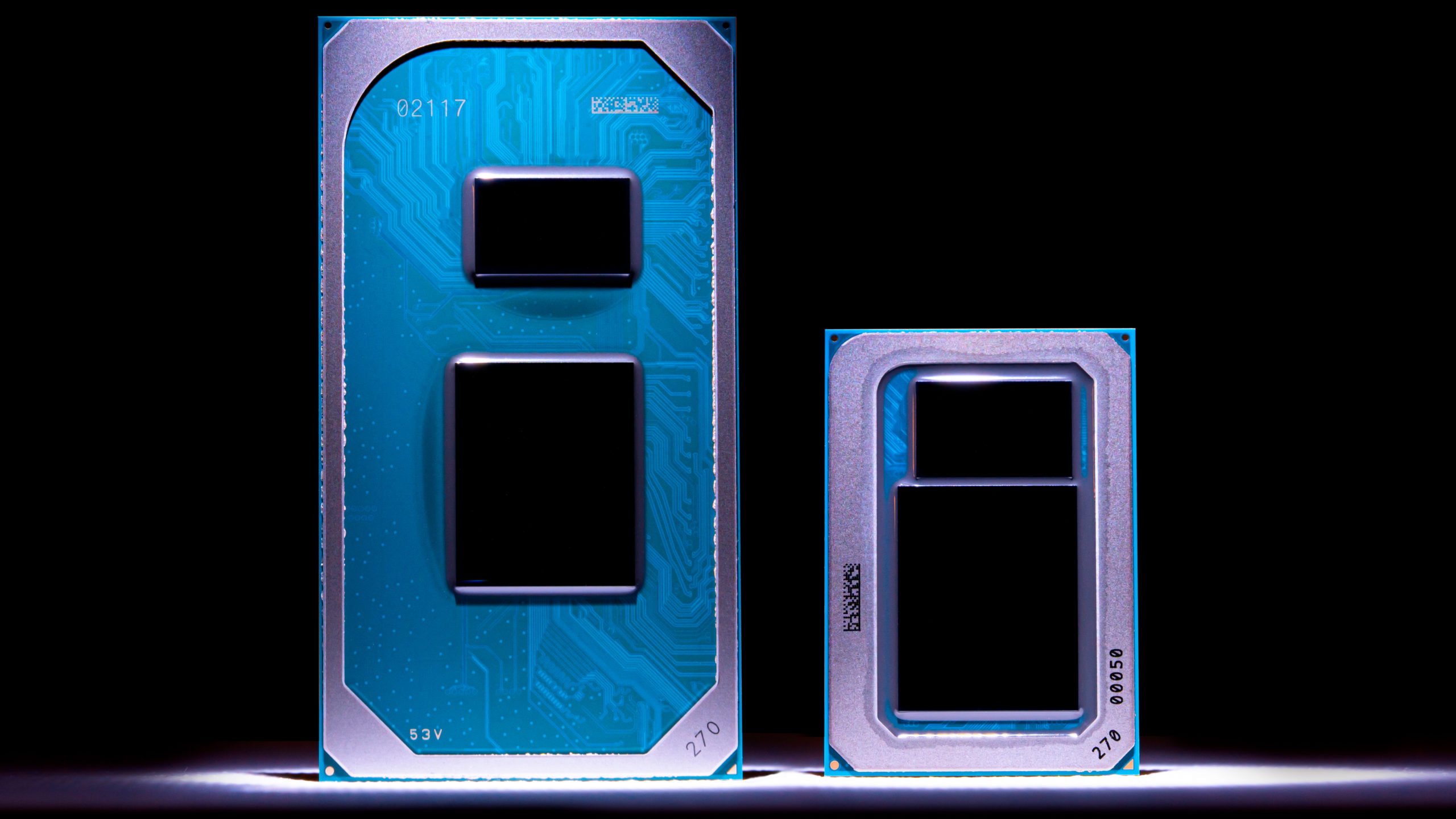It looks like Intel is ready to bring higher watt Tiger Lake SKUs to market next year: Courtesy of @APISAK on Twitter, two new Tiger Lake CPUs were spotted on Geekbench and are known as the Core i7-11370H and Core i5-11300H. Both the Core i5 and Core i7 are quad-core hyperthreaded parts, with screaming fast clock speeds to match. These are unverified Geekbench scores and as such they should be taken with a grain of salt until official is released.
This is the first time we’ll be seeing Intel’s new 10nm SuperFin architecture being used in CPUs geared towards pure performance rather than maximum power efficiency, like in Intel’s current lineup of 15W Tiger Lake parts. Due to both the Core i5 and i7 being ‘H’ SKUs we can expect a 35W TDP if history repeats itself. The 10nm SuperFin architecture can already yield a 20% performance boost to the core architecture, so add in a much higher TDP and we should be seeing some excellent performance results.
Specs-wise, the Core i7-11370H will come with a base frequency of 3.3Ghz, and a boost frequency of 4.8Ghz, while the Core i5-11300H brings those frequencies down by around 300Mhz, with a 3.1Ghz base and 4.4Ghz boost respectively.
Image 1 of 2
Image 2 of 2
In Geekbench 5, the Core i7-11370H scored 1566 points in the single-core test and 5084 points in the multi-core test. The Core i5-11300H scored 1436 single-core and 4912 multi-core.
These scores are vastly superior to Intel’s previous generation parts like the Core i5-10300H, the single-threaded scores alone –for both the i5 and i7, close in around the Ryzen 9 5900HX (AMD’s flagship mobile CPU) and the desktop Ryzen 7 5800X. That is very remarkable coming from a mobile CPU and the high clock speeds should allow excellent gaming performance; on the multi-core side of things, performance is still quite good. Both Tiger Lake chips managed to beat out the Zen 2 based Ryzen 5 4600H with six cores by just 100-200 points. That is quite impressive given the Intel units are working with just four cores.
But that is just AMD’s baseline CPU, once you start looking at the scores for AMD’s next-gen Zen-3 based parts, the Tiger Lake SKUs quickly fall behind in the multi-core scores.
Luckily this is just the beginning, we do expect higher core counts from Intel to be coming soon to counter AMD’s new Zen 3 based parts, so expect really good processors for gaming and content creation to be coming to notebooks next year.
